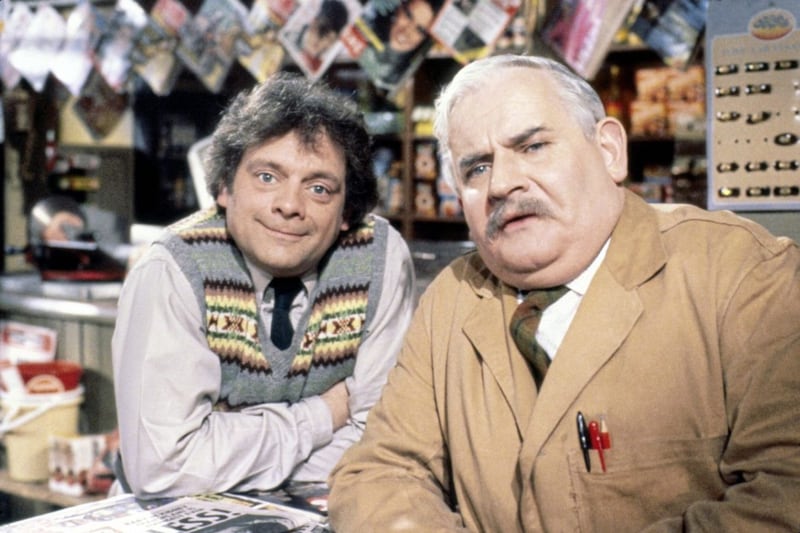WOMEN are a walking contradiction,??? said some obscure male sage. He may have a point.
I???ve been an avid consumer of fashion magazines since my teens, despite the fact they no longer cater for women of my age or dimensions.
Feathers flew in the fashion coop recently over the publication of an advertisement featuring a shockingly anorexic-looking model with cadaverous cheeks, her ribcage a rickle of bones and legs like matchsticks ??? a famine victim in a frock. Cue public indignation, well fomented by the press.
And here???s the dichotomy. Cheek by jowl in any newspaper are articles on child obesity, healthy eating, food intolerances, diet regimes, exercise plans, calorie-laden recipes and features on dressing to disguise figure faults. One in three adults is clinically overweight and hospital admissions for teenagers with eating disorders have doubled in the past three years.
On television, angular models stomp down designer runways with the haunted look of concentration-camp internees; celebrities walk the red carpet, bosoms inflated, bottoms bulbous, faces filled with the cosmetic equivalent of extruded polystyrene, their features frozen in an expression of permanent surprise ??? and all of this punctuated with ads for junk food. Talk about ???mixed messages???!
The sad result of our serial seduction by film, television and now, the unstoppable force that is social media, is our obsession with ???body image???.
There???s nothing so sickening as precocious seven and eight-year-olds adopting Hollywood poses for ???selfies??? and worrying about their looks instead of playing tig in the park. There???s nothing so dispiriting to the overweight woman as the realisation that seven days on a Spartan regime can???t undo the seven years of self-indulgence that preceded it.
There???s nothing so frightening to parents as the physical and emotional decline of a teen daughter into a shadow of herself in pursuit of what she believes is perfection. Fashion has always been a tyrannous element in women???s lives since prehistoric woman discovered that a little soot applied round the eyes made her more alluring to prehistoric man and a goatskin, cleverly fashioned into a carrying pouch, made her the envy of her peers.
In the 20th century alone, fashion took us from a daring glimpse of ankle to the skirt split thigh-high; from the ear-grazing stiffened collar to navel-revealing cleavage, with every permutation of unflattering foolishness in between and every generation striving for ???the look??? arbitrarily dictated by designers.
We postwar baby-boomers were willing grist to their mill as the pace of change accelerated through the years. 1950s fashion icons were normally-proportioned women who dressed conservatively ??? the twinset, the shirtwaister, the little tailored ???costume??? and the prom-style dress. Elegant, but ageing.
Like a bolt from the blue came the youthquake ??? Mary Quant and Courr??ges with their poster-girl Twiggy, who exuded a flat-chested, knock-kneed gamine appeal which reduced those of us lumpen with puppy-fat to sullen despondency.
There followed in quick succession a hippy/psychedelic phase, the puritanical romance of Laura Ashley, the satin and velvet glamour of Biba and the sharp-shouldered tailoring of the 80s. And we crammed ourselves into them all, no matter what our shape or size and thought we???d never looked better. Now, we look at the photographs and laugh at ourselves, for nothing is as transient as fashion.
The thing is, we weren???t brought up with an unrealistically high opinion of ourselves. Vanity was frowned upon. Character, we were told, was more important than looks. If, in our hormonal teens we agonised over our physical flaws, we did it secretly and alone. The concept of ???peer pressure??? didn???t yet have a name and the curse of social media was far in the future.
Of course we???d all like to be thinner, taller, tanner and more beautiful. That airbrushed perfection we see on film and in magazines is only artifice ??? an illusion made possible with the help of digitally enhanced photography, an army of costmeticians, a rag, a bone and a hank of hair.
To be happy in our own skin is the most useful lesson any of us can learn.








